A living room can be the centerpiece of your home. It’s where you spend your time relaxing with family and friends, whether it’s watching television, reading a book, or talking over dinner. If your living room doesn’t have enough light, though, it can be impossible to see much at all! For the most beautiful living room possible, follow these steps to figure out how to light a living room properly. You’ll be glad you did!
Where To Start?
A living room is one of those rooms where you can get away with doing little. By way of brightness because it’s usually used for just about everything. But what if you want to kick things up a notch? The space still needs some kind of light source, so make sure you add one that creates ambiance one that will make your space even more functional.
Here are some great spots for living room brightness After choosing your living room lighting fixtures. Hang them according to these guidelines. Make sure all lamps and lights are in clear view (no clutter allowed). For example, if you’re using floor lamps as part of your main living room brightness scheme, place them near seating areas and not hidden behind armchairs or couches. Finally, don’t forget to test each fixture before hanging it.
Appropriate Lighting Scheme
Lighting is an important aspect of every home. Having good lighting not only makes it easier for you to see and do things around your home, but it also helps you feel more relaxed and comfortable at all times. For those looking for some great living room brightness ideas, here are a few tips that should help you make good decisions when it comes time to buy new lights.
Colour temperature plays an important role in determining how well light can help illuminate different areas of your home. The color temperature of an LED lamp is measured in Kelvin (K) or degrees Kelvin (degrees K). A higher number will tend to look whiter, while lower numbers appear warmer and more yellowish, like traditional incandescent bulbs.
Best Things About Choosing Led Lights
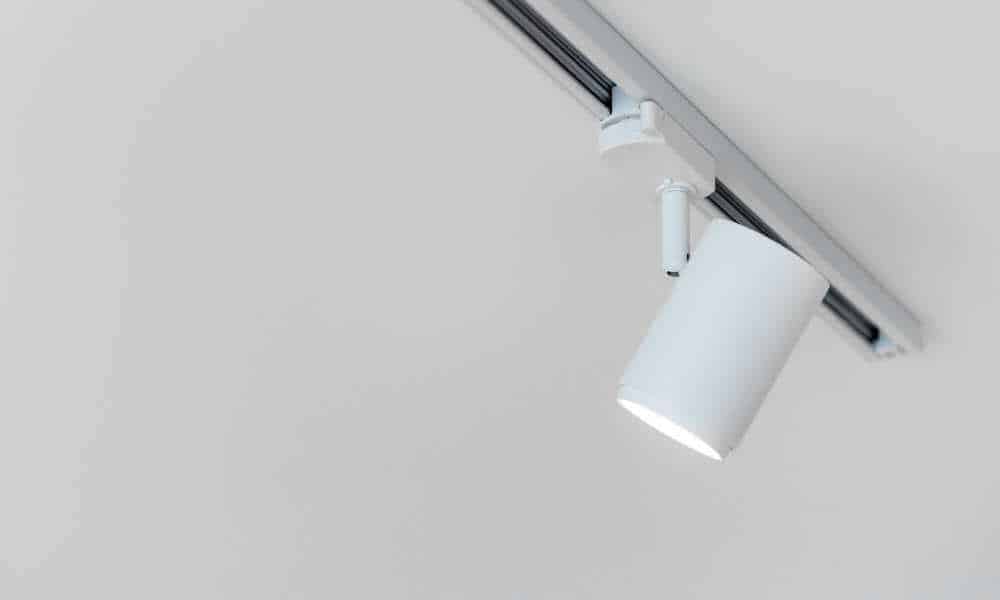
LED lights are one of today’s biggest buzzwords. LED stands for light-emitting diode. Which is just another way of saying that they work by sending electricity through semiconductors. Since LEDs use solid-state technology. They are both more efficient and safer than traditional incandescent or fluorescent lights.
They’re also longer lasting, can be tuned for specific functions (like growing plants) and aren’t generally fragile. All characteristics that have made them attractive in residential settings. But where do you put them in your living room? The answer depends on what type of light fixtures you already have, what kind of look you want and how much cash you want to spend. You should consider your light options based on these factors. Below we take a look at five common ways to light up your living room. Pendant Lighting: Pendant lighting fixtures are usually hung from ceilings using chains or cords. The fittings hold lamps with bulbs facing downward so they point at whatever surface they’re illuminating.
Modern LED Lights
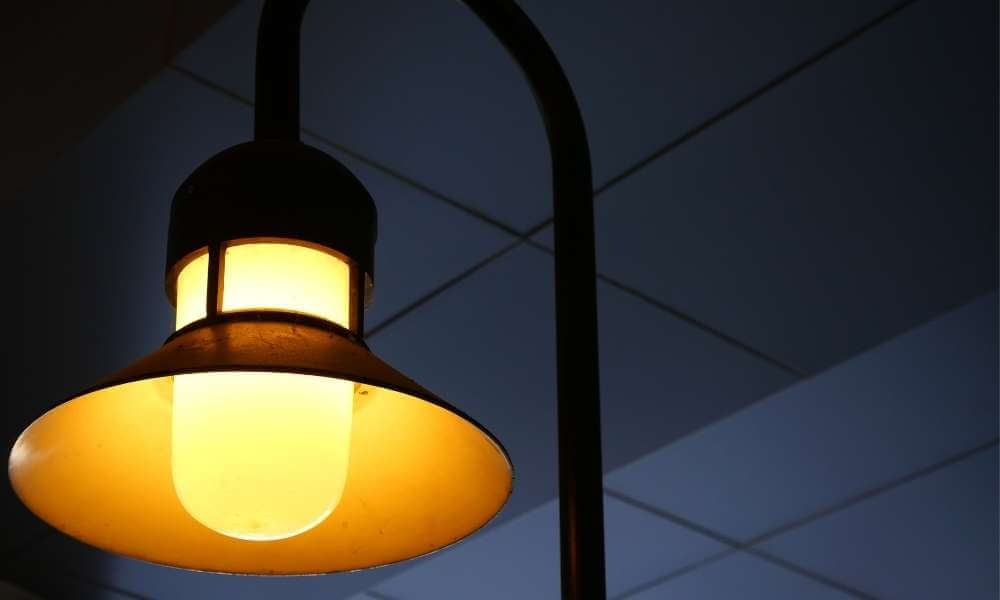
LED lights are more practical than ever. And many modern LED light bulbs can illuminate spaces. So well that you’ll forget your walls were once dark. Focus on brilliance an entire room instead of just putting one light in a corner. Try filling one side of your living room with two sconces or pop over to Ikea for affordable string lights.
With any luck, once you start seeing results in your living room. You’ll be inspired to light up every last room in your home! If you live in a smaller apartment, consider replacing standard light switches with dimmer switches so you can control how bright each room is depending on what mood you’re feeling.
If your space isn’t conducive to multiple overhead brilliance options like ceiling fixtures, use table lamps as filler items around couches or other areas of heavy traffic where lots of people will see them—you could even buy matching sets! Finally, remember that lighting isn’t only about illuminating space. Placing candles on your mantle may make guests feel warm and cozy when they walk into your home. so why not skip artificial illumination altogether? Candles give off a beautiful scent and instant ambiance without taking up too much. If small rooms aren’t best suited for big decorations like floor lamps or oversized bookshelves.
Tips On Choosing The Best Living Room Light
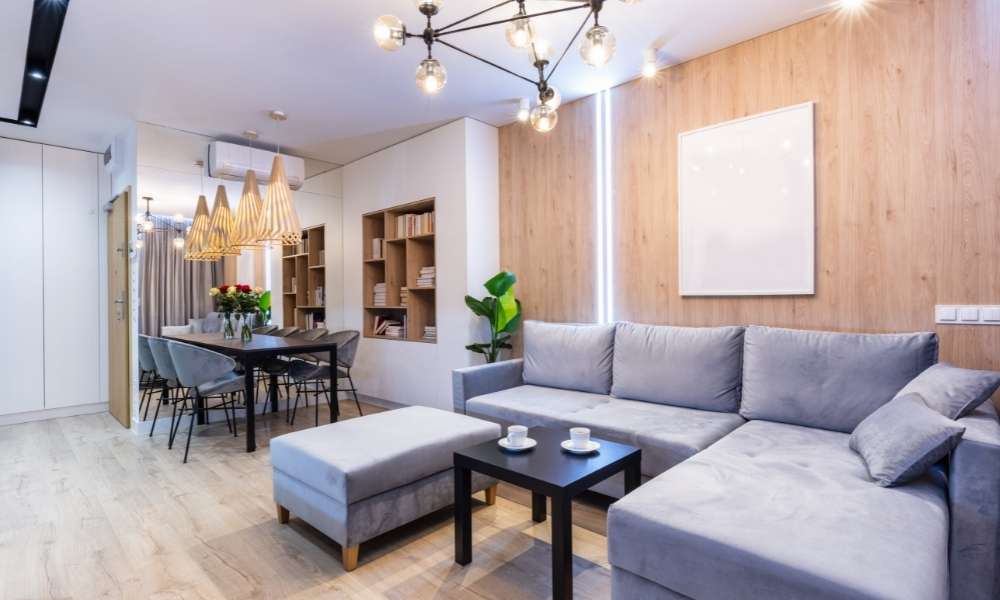
One of my favorite living room brilliance options is natural lighting. This not only has an eco-friendly component. But it’s also free, which is always nice! For your living room, you’ll want to choose a direction in which natural light will enter your space most naturally; let’s say you have large windows on one side of your living room and they face north.
If you move all furniture away from those windows and open them up completely. You should be able to see what kind of effect that has on your overall brilliance situation. Do these windows light up most of your space? Do they create contrast against any darker corners? Are there still some shadowy areas? Are you satisfied with how your space looks when lit by natural light. Or do you feel like other lighting sources would enhance your look even further?
Maybe try using window dressings for contrast if necessary. When choosing additional lighting for your room, keep things simple. It can be tempting to go overboard when selecting lamps and overhead lights because design styles change so frequently nowadays. However I urge you to remember that simple usually makes for better design choices especially when making changes around major focal points like fireplace mantels or seating areas. A couple of well placed lights can really brighten up dark spaces with minimal effort. Just keep switching them off before bedtime.
Natural Lighting For Living Room

Most living rooms are partially or mostly exposed to natural lighting from windows. Because of that, lighting becomes an important task, especially if you prefer natural light over artificial lighting. Selecting lights for these rooms depends on what you like and how you want your living room to look. Typically recessed ceiling lights are used in living rooms. But if there aren’t any recessed lights available. Pendant light fixtures are a good option as well.
Pendant light fixtures can be suspended from a ceiling either with an attached cord or cordless using wires. If you don’t want to install recessed lighting in your room, hanging crystal chandeliers is also another good idea because they add beauty to your interior while still complimenting your living room decor. Chandelier lighting can be combined with other lighting sources such. As table lamps so one doesn’t have to compromise between design and functionality.
There are many options available when it comes to choosing living room lighting, but most people opt for traditional wall sconces in order to keep their design simple yet stunning at once. It doesn’t matter which type of lighting fixture you choose; it just matters if it makes your room cozy and comfortable enough for activities such as reading books or simply talking things over with friends and family members.
Floor Lamps For Living Room

Floor lamps are a good option for lighting your living room. You can position them in corners and along walls. So you’ll have a little extra light around where you need it most. Best of all, these kinds of lamps let you adjust their height, giving you more control over how much lighting each part of your room gets. And unlike other types of lamps, floor models will blend into your décor rather than overpowering it you’ll hardly even notice they’re there!
Because of that, you can place one or two next to your favorite piece of furniture without worrying about making it look smaller by comparison. So if you want some additional lighting with a low-key aesthetic, try using one or two-floor lamps next time you’re setting up your living room lights. What Do Lighting Manufacturers Suggest? Before going out and buying a bunch of floor lamps for your home, remember that lighting manufacturers suggest using multiple sources for general illumination. They say it’s best to get as many different types of lighting as possible; besides natural sunlight from windows, you should use table lamps or wall sconces as well. That way, no matter what kind of mood you’re in, you can always find just what you need to set a nice ambiance throughout your home.
Lighting For Large Living Rooms
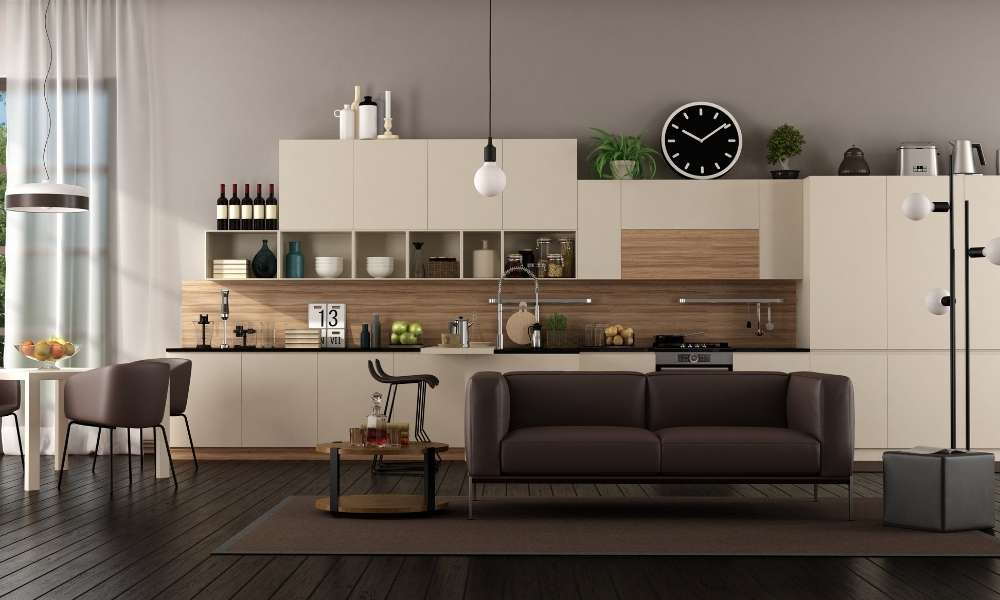
There’s no definitive number for what constitutes large. But if you find that your living room is taking up most of your floor space and can’t help but notice how many rooms it feels like you live in, then it might be time to take action. The first step is lighting. In large rooms, overhead lights are not typically flattering so they might work in smaller spaces.
Instead, opt for recessed lighting or track lighting both look wonderful with all types of décor. And both provide more targeted illumination than overhead lighting. You also want to avoid directional light fixtures they cast one-directional light making. It hard to see who is approaching from behind. Rather go for lights with a dimmer switch this will allow you full control over brightness levels throughout your space. Also, consider adding ambient lighting such as table lamps and floor lamps. To complement other lighting fixtures already present in your home.
Lighting For Smaller Living Rooms
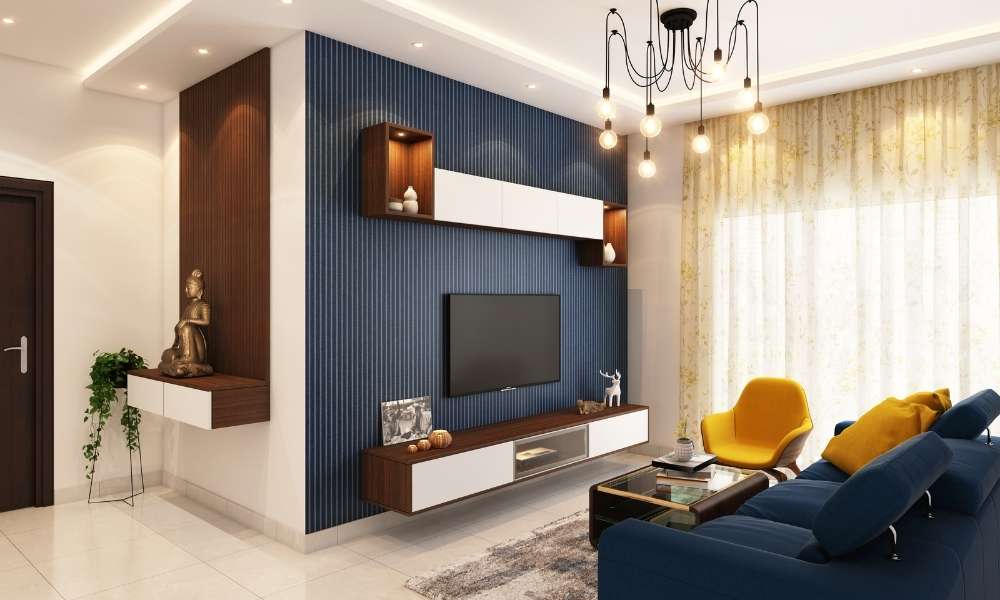
The first step in lighting any room is choosing light fixtures that make sense for your living space. Recessed brilliance and pendant lamps can be very effective when strategically placed. You can also buy special long-lasting, energy-efficient bulbs specifically designed for use in small spaces.
Check out Energy Star’s Lighting Facts label on the box. It will tell you exactly how much energy each bulb uses. LED lights are also slowly being phased into retail channels. So they may be worth checking out if you’re looking for new brilliance options. But always remember the goal with lighting a living room is to highlight key elements of your decor. You want to set a mood, but too much lighting could have negative effects. It could reduce your privacy affect TV viewing quality. And keep people from having conversations with those across from them at dinner.
Final Thought
Lighting is one of those decorating areas that require some knowledge but isn’t overwhelming. As you’re looking at light for your living room, consider these three things. Function ambiance and style. For example do you need ambient lighting (overhead lights) or task flame (table lamps)? Is your couch set against a window?
This would require some natural light and an additional lamp. On each side of your sofa might help brighten up the space. If you’re hanging art in your living room hang. It sit in a dark corner because you put it there to hide other objects. And finally, don’t forget about color! If it’s hard to get your lighting perfect go with dimmer switches for overhead flame.
Brightness settings are usually pretty standard with dimmer switches. So you won’t have to worry about having an odd number of bulbs going at any given time. Have fun while choosing your new lights! The most important thing is that they look great in your home and serve their purpose.

